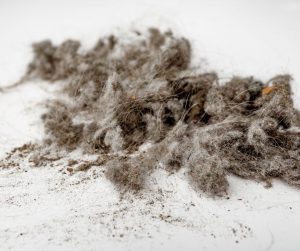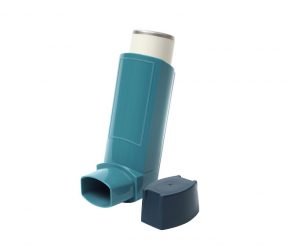Here are some of our top tips for anyone living with Asthma in 2022.
Reduce your Exposure to Allergens
Drink Enough Water
Drinking water is good for you in so many ways, including the management of your asthma.
Being well-hydrated keeps your mucus thinner, aiding breathing as well as digestion.

Watch What You Eat
Avoid foods that you know trigger allergies, but also avoid foods that are high in sugar or fried fats.
Both increase mucous secretion and thickening.
Change Your Air Filters
To keep the air clean in your home, make sure to regularly clean or change any air filters.
They can trap dust and distribute it around your home, triggering asthma symptoms.
Minimize Dust
Reduce the dust in your home, workplace, or where you spend significant amounts of time.
Set up a simple routine of dusting, vacuuming, and cleaning surfaces to prevent dust buildup.
You can also wear a mask to avoid inhaling any dust while you clean.

Avoid Fragrance Sprays
Strong smelling products including cleaning products, aerosols and perfumes can trigger asthma symptoms, probably due to particles in the air that irritate the airways.
Pay attention to which ones trigger your symptoms and avoid them where possible.
Build Up to an Active Lifestyle
Regular exercise is good for everybody, and especially important if you have asthma.
Exercise can sometimes trigger asthma symptoms, so identifying your triggers and making a plan for when you are exercising is important.
Speak to one of our Chartered Physiotherapists about developing a regular exercise routine for best results.
Avoid Smoke
Regular exercise is good for everybody, and especially important if you have asthma.
Exercise can sometimes trigger asthma symptoms, so identifying your triggers and making a plan for when you are exercising is important.
Speak to one of our Chartered Physiotherapists about developing a regular exercise routine for best results.
Keep Your Inhaler Handy
Always keep your inhaler handy in case of emergencies.
Keep one in your purse, car, gym bag, emergency kit, or wherever you will have easy access to it at all times.

Have an Asthma Action Plan
Know what triggers your symptoms, what it looks like for you when your symptoms are getting worse, and have a plan of what to do.
What to do in an Asthma Attack
Sit up straight – try to keep calm. Do not lie down.
Take one puff of your reliever inhaler (usually blue) every 30-60 seconds, up to 10 puffs.
If you feel worse at any point OR you don’t feel better after 10 puffs call 999 for an ambulance.
If the ambulance has not arrived after 10 minutes and your symptoms are not improving, repeat step 2.
If your symptoms are no better after repeating step 2, and the ambulance has still not arrived, contact 999 again immediately.

Remember
If you are interested in booking an appointment with one of our Chartered Physiotherapists that specialise in respiratory conditions or simply need some guidance, then please give us a call on 021 4633455 or book online below.
We hope you enjoyed this blog by Louise O’Hare, Chartered Physiotherapist.
This blog is provided for information purposes only. The content is not intended to be a substitute for professional medical advice, diagnosis or treatment. Seek the advice of your doctor with any queries regarding a medical condition.
